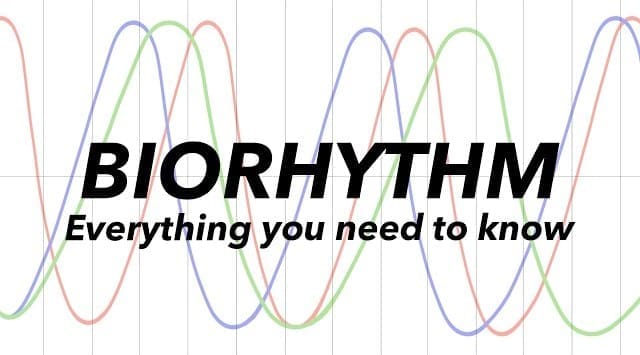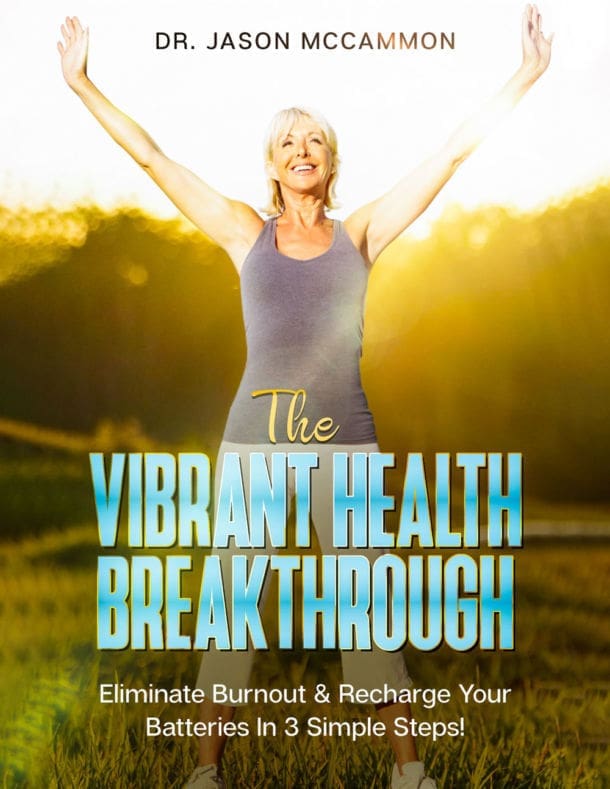
Unlocking the Secrets of Bio-Rhythms for Better health
In today’s post, we delve into the essence of biorhythms and their critical role in managing chronic illnesses, overcoming conventional treatment limitations, and enhancing overall wellness. It’s such an important subject especially if you’re dealing with chronic illness, if you don’t feel well, if conventional practitioners have kind of given up on you, or you’re tired of just taking medications to manage symptoms.
What Are Biorhythms?
Biorhythms are essentially the natural cycles our bodies follow, dictating hormone secretion and balancing over fifty hormones to maintain health. Like a finely tuned orchestra, each hormone plays a vital role in this complex symphony, contributing to our body’s harmony and functionality.
The Importance of Hormonal Balance
The delicate balance of hormones is key to our health, highlighting the need for caution with hormone replacement or modulation therapies. An imbalance in one hormone can disrupt the entire system, akin to a single instrument overpowering an orchestra.
Optimizing Biorhythms for Health
Understanding and optimizing our biorhythms can significantly impact our health, particularly through managing cortisol levels. A regulated cortisol cycle can improve waking and sleeping patterns, contributing to overall well-being.
A good mental health example is where cortisol starts rising in our blood levels at three, four, maybe 5am. It’s starting to wake your brain up slowly from sleep, and then those levels decrease, throughout the day, and level off.
So, now a dysregulated person that doesn’t have a good bio rhythm won’t have this pattern of cortisol rising and falling. That person may have cortisol to be flatline all day, or might get very little in the morning, and then a whole bunch at night which kind of keeps you up, keeps you from getting to sleep and that isn’t so fun, right? We have to really understand biorhythm and do as much as we can to get ourselves in a good rhythm.
Navigating ANS Dysregulation: Finding Balance Within
A well-regulated ANS, comprising the sympathetic (fight or flight) and parasympathetic (rest and digest) systems, is crucial for a healthy biorhythm. It’s important to balance these systems to avoid extremes of constant activity or lethargy.
Now, we need both systems, you can’t live all in the parasympathetic system. Those are people that are extremely lethargic, they barely just do anything, they’re laying on the couch all day. And you have those who are sympathetic dominant, which are like go go go every second, and the only time they rest they literally fall over and pass out. Do we want either extreme? Of course not. We want to balance between them.
But generally speaking, I would say probably, 80% of the day, we really should be in parasympathetic. We don’t want to be in fight or flight all the time. But do we need that system? Yes. An example would be, you go start a workout. When you start training your body did not know you’re about to start lifting weights or doing yoga or going for a run or whatever. It’s going to have to use the sympathetic nervous system to make sure we have enough blood sugar and the right hormone environment to get through that workout. Does it raise your blood pressure and heart rate? Yes, and it should you need that right. You’re about to do training or you’re doing training. You need that because you have an oxygen debt created when you first start working out. So the sympathetic nervous system must increase so we can get the oxygen and nutrients to our muscles. So we can actually do that activity. That’s a good use of the sympathetic nervous system. As long as you’re healthy.
There are times when I have patients that come in to train who are just worn out and tired that lifting weights or a power yoga session, not a good idea or like a CrossFit not a good idea. You need advice from a practitioner, and where you should start exercise.
So then there’s parasympathetic, right? We’re in parasympathetic when we sleep, when we eat, when we do calm restful things, ideally throughout the day in our vocation. What you do during the day for your job, should also be mostly parasympathetic. Obviously depends on the job. Right? I mean, ups and downs can be very stressful. Your ANS is responsible for your biorhythm ultimately, and we may need some help cultivating the right balance.
Practical Tips for Bio-Rhythmic Harmony
- Routine and Schedule: Establishing a consistent daily routine aids in stabilizing your biorhythm, particularly with meal times and sleep schedules.
- Environment Matters: Creating a clutter-free living and working space can reduce stress and promote a healthier biorhythm.
- Sleep-Wake Cycle: Maintaining a consistent sleep-wake cycle is paramount for regulating your biorhythm and ensuring your body’s optimal function.
- Self-Care and Exercise: Engaging in regular self-care practices, especially exercise, can reinforce a healthy biorhythm. Finding a consistent time for these activities, whether in the morning or evening, is key.
Understanding and optimizing our biorhythms is crucial for health. By adopting a structured routine, managing our environment, and committing to regular self-care, we can improve our hormonal balance and ANS regulation, laying the foundation for a healthier life.
Reach out if you need help optimizing your biorhythm!
Be well,
Dr. Jason
Board certified naturopathic & functional medicine doctor

